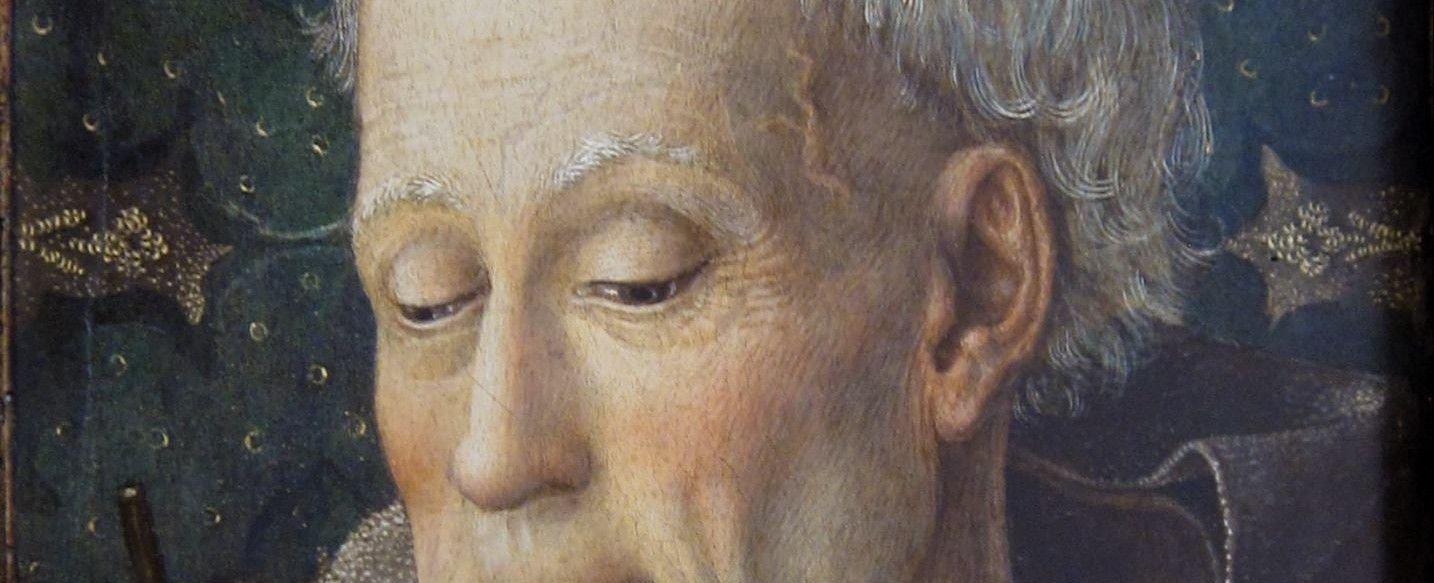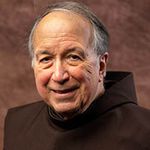Saint Bernardine of Siena: The Apostle of Italy

On May 20, the Church celebrates the feast of Bernardino (Bernardine) of Siena (1380–1444), a Franciscan friar and celebrated preacher called "The Apostle of Italy.”
Learning the liberal arts and law
Bernardino was born on September 8, 1380, in the Tuscan town of Massa Marittima, where his father, a member of the noble Albizzeschi family of Siena, was governor. Orphaned by the age of 6, Bernardino was raised by two devout aunts; as a youth he received an excellent education in liberal arts and law.
Serving the sick at a hospital
In 1397, he joined the lay confraternity attached to the largest hospital in Siena. When, in 1400, a severe plague descended upon the city, Bernardine, with some companions, took charge of the hospital for several months. He then cared for an aunt in her last illness. A few years later, he joined the Franciscans of the new Observant reform in 1403.

Hospital of Santa Maria della Scala, Siena, where Bernardine served as a young layman
Preaching addressed pressing social issues
During his early years in the Order, Bernardine led a more contemplative life, reading widely in Scripture and earlier Franciscan thinkers. By the middle of the next decade, however, he turned more and more to popular preaching. He devoted himself to this ministry for thirty years, traveling through the cities and towns of northern and central Italy. His style was simple, direct, and full of captivating imagery, and he addressed pressing social issues.

Bernardine preaching in the campo of Siena, by Sano di Pietro (1445). Notice the separation of men and women in the audience.
Promoting the holy name of Jesus
One of these was the violent partisanship of Italian towns. People would carry about the emblems of their faction, and so Bernardine began holding up a plaque with the initials “I.H.S.,” an acronym for the name of JESUS, and had people place the emblem of the Holy Name over the entrances of their houses and businesses as a sign of peace and reconciliation.

Wooden image of the Holy Name of Jesus monogram, carried by Bernardine during Lent in Prato, 1424
Seeking to achieve justice in society
Bernardine’s quest for achieving justice in society led him to tackle many burning issues of his day. For example, in an emerging capitalist economy, he defended the necessary role of business entrepreneurs but also developed the concept of a just wage.

The great town square, campo, in Siena, scene of many sermons preached by Bernardine
Demonizing certain groups in society
Unfortunately, Bernardine’s fiery temperament led him to demonize certain groups in society. For example, he strongly denounced moneylenders who were gouging the poor, but since that profession was dominated by Jews, he can be accused of anti-Semitism. His sermons also display misogynistic and homophobic attitudes. Those who have access to an academic library may wish to consult the detailed study by Franco Mormando: “The Preacher’s Demons: Bernardino of Siena and the Social Underworld of Early Renaissance Italy.”
Shaping the Franciscan movement
Besides the great impact he had on his society, Bernardine shaped the history of the Franciscan movement; he served as Vicar General of the Observant Reform and his huge popularity attracted many young men to join it. When he entered, there were only about 130 Observants in Italy; by the time of his death, there were over 4,000.

San Bernardino, Dario di Giovanni da Pordenone (c. 1470). The three miters symbolize the three dioceses for which Bernardine was nominated—Siena (1427), Ferrara (1431), and Urbino (1435)—but which he turned down (Los Angeles County Museum).
Influencing Franciscan women’s congregations
Dominic Monti, OFM
Professor of Franciscan Research in the Franciscan Institute of St. Bonaventure University
Dominic V. Monti, OFM, is a Franciscan Friar of Holy Name Province (USA) and currently professor of Franciscan Research in the Franciscan Institute of St. Bonaventure University. He devoted the greater part of his ministry to teaching the History of Christianity, in particular the history of the Franciscan movement. He has contributed two volumes to the Works of St. Bonaventure series and is author of Francis & His Brothers, a popular history of the Friars Minor.

